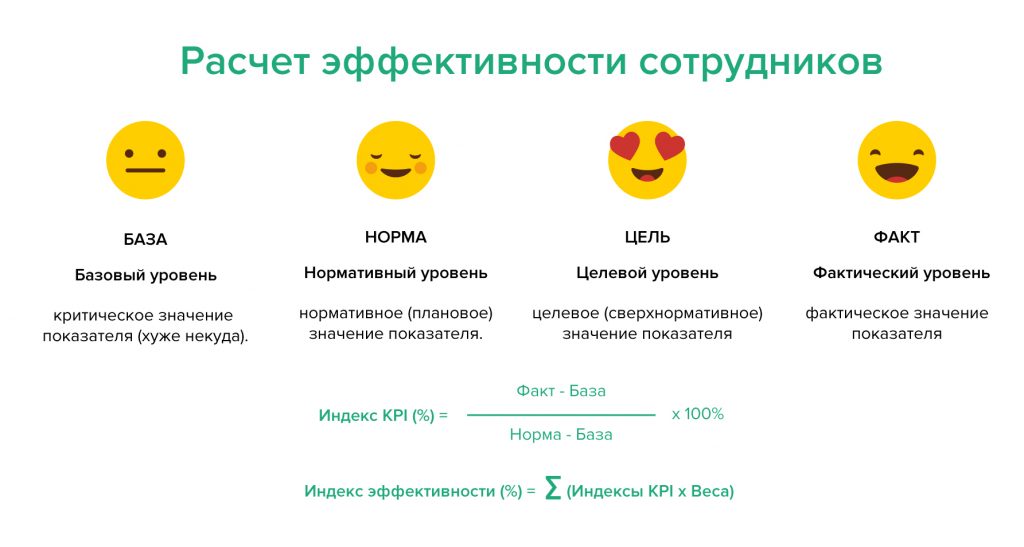The personnel KPI (Key Performance Indicator) assessment system has recently been adopted by domestic companies. In the absence of a locally developed gradation system, they rely on a set of foreign metrics.
What is a KPI?
When assessing personnel performance, many companies encounter KPIs (Key Performance Indicators). But what exactly are KPIs, and how should they be applied in our context? KPIs are quantitative measures that reflect the performance of each employee. The primary benefit of this system is that it motivates employees. KPIs provide a relative measure that covers various aspects of employee work. Ideally, each person should have no more than five KPIs to ensure effectiveness.
Main KPI subgroups
Based on performance results, various KPI categories can be identified for departments, groups, teams, or individual employees:
1. Resource Utilization: Measures the amount of funds expended.
2. Productivity: Indicates the rate of capacity utilization.
3. Efficiency: A universal KPI applicable across any operational area of a company, often represented by the ratio of costs to profits.
4. Summary Metric: Represents the outcome of activities with a numerical value.
The KPI personnel assessment system should adhere to several key development principles:
- The indicator should be quantified with a numerical value. The assessment must focus solely on the company's internal activities, excluding external factors. Additionally, measuring results should not be expensive or time-consuming.
Key indicators are often interrelated, so an employee's KPI can be linked to the overall performance of the department. For more accurate results, it is advisable for multiple departments to collaborate during the calculation process. KPI analysis is most effective when managerial actions at various levels are well-coordinated.

What types of indicators are used in KPIs?
To establish KPIs, two types of performance indicators should be utilized:
Operational Indicators: These reflect the ongoing activities of the company and its divisions. They help adjust current goals based on changing conditions. For production staff, operational KPIs illustrate how well production is organized, adherence to quality standards, and the adequacy of raw material supply.
- Strategic Indicators: These reflect the outcomes of the enterprise's activities over a period long enough to refine plans for the upcoming period. They primarily focus on cash flows, which are used to assess profitability and the ratio of invested to received funds.
Development strategies are formulated based on these indicators and are adjusted according to current data.
What is the advantage of using KPIs?
The methodology is built on the ability to anticipate the outcomes of assigned tasks, along with clear planning and systematic execution of KPIs. Monitoring employee KPIs is beneficial as it provides strong motivation; employees should keep their goals in mind while performing their daily tasks. Achieving these goals should be rewarded. Currently, the KPI system is regarded as one of the most effective motivational tools, but its successful implementation requires a suitable working environment.
Workly as part of the KPI system
To assign tasks and set goals for personnel at various levels, a specialized program is required that enables company or department heads to define both current and long-term objectives. Workly seamlessly integrates with 1C and also provides a mobile version, allowing task management from Android and iOS devices.The KPI system is conveniently implemented through Workly for a department, employee or other group of personnel due to the ability to create tasks for any number of people, assign a person responsible, set deadlines and conditions for completion. You can also mark priority tasks for a day, month or other period. With Workly, the staff performance assessment system is completed quickly, without requiring a large investment of money and time!